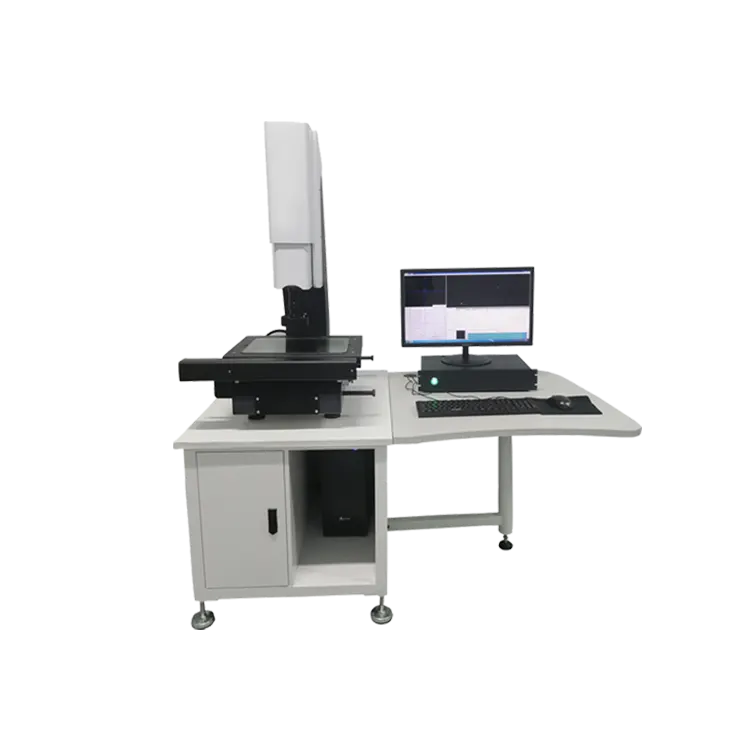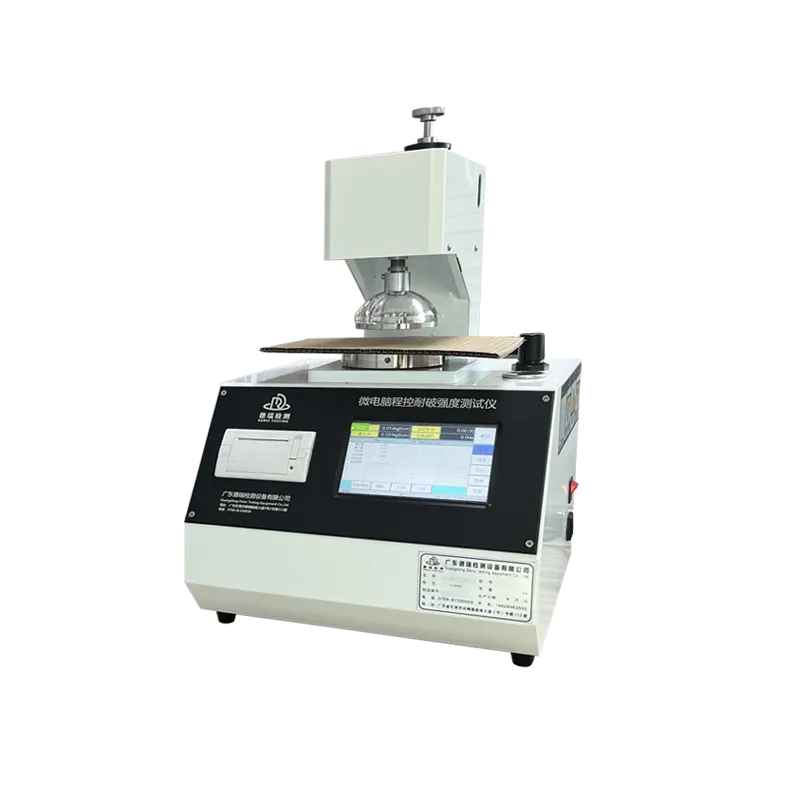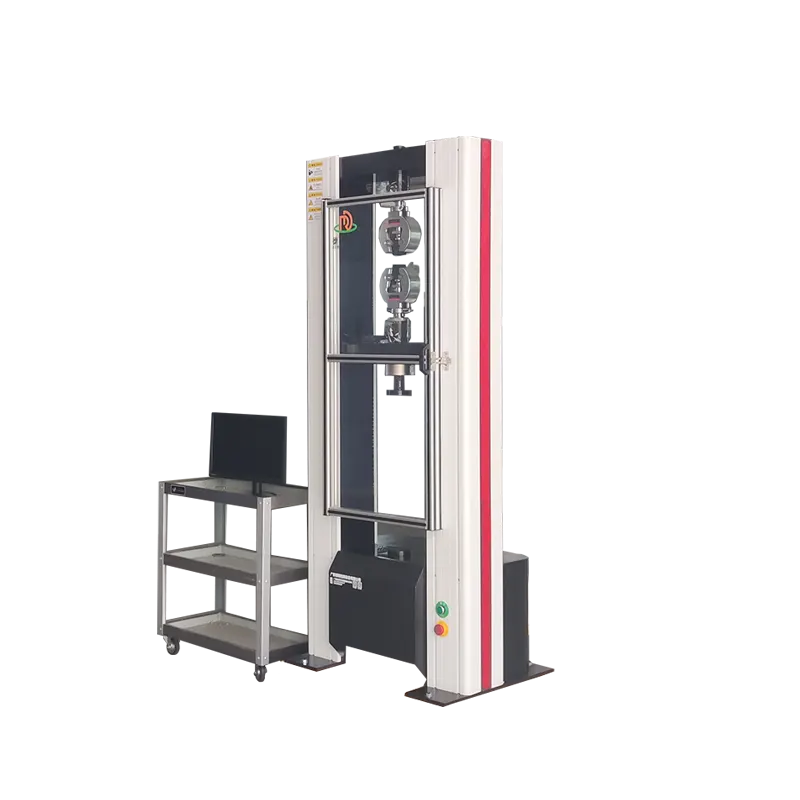Our Horizontal & Vertical Burning Test equipment provides comprehensive testing solutions for fire safety compliance. Each feature is tailored to enhance your experience and accuracy in testing various materials against fire hazards. With advanced technology, our equipment ensures reliable and repeatable results, helping you meet industry standards efficiently.
Scope of Application:
1.1 It is mainly used to determine the burning performance of plastics or plastic parts and non-metallic materials under a 50W flame condition, both horizontally and vertically, and to classify the burning grades of plastics.
1.2 Horizontal burning is classified into: HB, HB40, HB75 grades (HB = Horizontal Burning).
1.3 Vertical burning is classified into: V-0, V-1, and V-2 grades (V = vertical burning).
Main features:
1. It adopts relay control, which is convenient to operate and can automatically time.
2.The test chamber volume is greater than 0.5 cubic meters, and the inner wall of the chamber is black.
3. Large transparent observation window for fully observing the combustion state of the sample.
4. The large windows with a humanized design facilitate the installation and adjustment of samples and burners.
5.The burner angle can be conveniently adjusted to 45 or 90 degrees to meet the requirements of various standards.
6. High-precision regulating valves are adopted to adjust the gas pressure required by the standard.
7. Install exhaust devices at the top to extract the waste gas produced by combustion.
8. Be equipped with a temperature calibration device that complies with the ASTM D5207 standard.
Meet the standards:
1.UL94: A standard of Underwriters Laboratories Inc. of the United States, used to assess the flammability grades of plastic materials (such as HB, V-0, V-1, V-2, 5VA, 5VB, etc.).
2.IEC 60695 series: International Electrotechnical Commission standards, covering 50W and 500W flame test methods.
3.ISO 1210: An international standard of the International Organization for Standardization, used for testing the flammability of plastics.
4.GB/T 2408: A Chinese national standard for the horizontal and vertical methods of testing the burning behavior of plastics.
Sample Requirements:
1. Sheet form: can be produced by cutting, casting, extrusion, etc. The edges are smooth, the surface is clean, and the density is uniform.
2.Dimensions: Length × Width: 125 ± 5 mm × 13.0 ± 0.5 mm. Samples of the minimum thickness for testing and 3 mm (-0.0, 0.2) thickness samples are required. If the minimum thickness of the sample is greater than 3 mm or the maximum thickness is less than 3 mm, the 3 mm sample does not need to be provided. The maximum thickness of the sample should not exceed 13 mm, the maximum width should not exceed 13.5 mm, and the corner radius should not be greater than 1.3 mm.
3.Series: If there are multiple models in terms of color, density, etc., representative samples of each model should be provided.
4.Quantity: At least 2 sets of samples, with 3 pieces in each set.
Test program:
1.Marking: 25 ± 1 mm, 100 ± 1 mm
2.Clamping: Hold the tail end of the sample approximately 100mm away, keeping the length direction horizontal and the width direction at an angle of 45° ± 2° to the horizontal plane. The wire mesh should be fixed 100 ± 1mm below the sample.
3.Burner: Methane flow rate 105 ml/min, back pressure 10 mm water column
4.Flame: Flame height 20 ± 1 mm
5.Burning: Tilt the burner at 45 degrees, place it 6mm deep into the flame, and keep it there for 30 ± 1 seconds or until it burns to 25mm, then remove the burner.
6.Timing: Start timing when the flame burns to 25 ± 1 mm. Record the time taken for the flame to stop burning and the length burned.
7.Calculation: V = 60L/t, where V is the burning speed (mm/min), L is the burned length (mm), and t is the burning time (s).
Test Record:
1.Whether the flame burns to 25 ± 1 mm or 100 ± 1 mm.
2.When the flame burns to a length between 25 ± 1 mm and 100 ± 1 mm, record the length (L) that has burned and the time (t) it takes to burn this length.
3.If the flame burns through 100 ± 1 mm, record the time taken from 25 ± 1 mm to 100 ± 1 mm.
4.The calculated combustion velocity

















